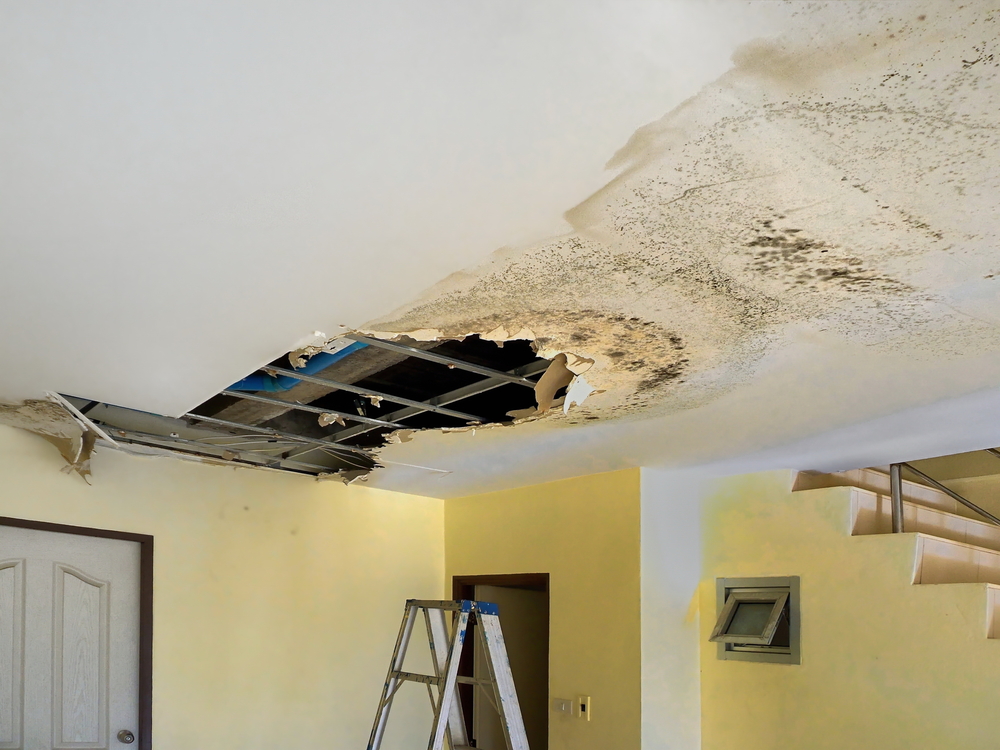Just how to Check If Your House Has a Hidden Leak
Just how to Check If Your House Has a Hidden Leak
Blog Article
This post listed below involving Locating water leaks is absolutely informative. Read it for your own benefit and decide what you think of it.

Early discovery of dripping water lines can minimize a possible catastrophe. Some little water leaks might not be noticeable.
1. Check Out the Water Meter
Every residence has a water meter. Checking it is a guaranteed manner in which assists you find leakages. For beginners, turn off all the water sources. Make sure no person will purge, use the faucet, shower, run the washing equipment or dishwashing machine. From there, most likely to the meter as well as watch if it will transform. Since no person is using it, there must be no movements. If it moves, that indicates a fast-moving leak. If you spot no changes, wait a hr or two as well as check back again. This suggests you may have a slow-moving leak that could also be below ground.
2. Inspect Water Usage
Examine your water expenses and track your water usage. As the one paying it, you should observe if there are any type of disparities. If you find sudden changes, despite your usage being the same, it implies that you have leaks in your plumbing system. Keep in mind, your water expense ought to drop under the exact same variety every month. An abrupt spike in your expense suggests a fast-moving leakage.
A steady boost every month, even with the exact same habits, shows you have a slow leakage that's also slowly intensifying. Call a plumber to thoroughly inspect your residential or commercial property, especially if you really feel a cozy area on your flooring with piping underneath.
3. Do a Food Coloring Test
When it comes to water intake, 30% comes from commodes. Examination to see if they are running appropriately. Decrease specks of food color in the container and wait 10 mins. If the color somehow infiltrates your bowl during that time without flushing, there's a leak between the storage tank as well as dish.
4. Asses Exterior Lines
Don't fail to remember to examine your outside water lines too. Test faucets by affixing a yard hose. Needs to water seep out of the link, you have a loose rubber gasket. Change this and also guarantee all links are limited. It will certainly assist get it properly checked out and kept every year if you've obtained a lawn sprinkler system. One small leakage can waste tons of water and spike your water expense.
5. Examine the scenario as well as check
Home owners need to make it a routine to check under the sink counters as well as even inside closets for any kind of bad odor or mold and mildew growth. These 2 warnings indicate a leakage so punctual attention is needed. Doing regular inspections, even bi-annually, can conserve you from a significant problem.
Examine for discolorations and also damaging as many pipes as well as devices have a life span. If you presume leaking water lines in your plumbing system, don't wait for it to rise.
Early detection of leaking water lines can minimize a possible catastrophe. Some little water leakages may not be visible. Inspecting it is a surefire way that assists you uncover leakages. One small leak can throw away tons of water and spike your water bill.
If you think dripping water lines in your plumbing system, don't wait for it to escalate.
WARNING SIGNS OF WATER LEAKAGE BEHIND THE WALL
PERSISTENT MUSTY ODORS
As water slowly drips from a leaky pipe inside the wall, flooring and sheetrock stay damp and develop an odor similar to wet cardboard. It generates a musty smell that can help you find hidden leaks.
MOLD IN UNUSUAL AREAS
Mold usually grows in wet areas like kitchens, baths and laundry rooms. If you spot the stuff on walls or baseboards in other rooms of the house, it’s a good indicator of undetected water leaks.
STAINS THAT GROW
When mold thrives around a leaky pipe, it sometimes takes hold on the inside surface of the affected wall. A growing stain on otherwise clean sheetrock is often your sign of a hidden plumbing problem.
PEELING OR BUBBLING WALLPAPER / PAINT
This clue is easy to miss in rooms that don’t get much use. When you see wallpaper separating along seams or paint bubbling or flaking off the wall, blame sheetrock that stays wet because of an undetected leak.
BUCKLED CEILINGS AND STAINED FLOORS
If ceilings or floors in bathrooms, kitchens or laundry areas develop structural problems, don’t rule out constant damp inside the walls. Wet sheetrock can affect adjacent framing, flooring and ceilings.
https://www.servicemasterbyzaba.com/blog/how-to-detect-water-leakage-in-walls/

I'm very focused on Locating water leaks and I really hope you liked the entire blog entry. Are you aware of somebody else who is in the market for the subject? Feel free to share it. Many thanks for your time. Visit again soon.
Report this page